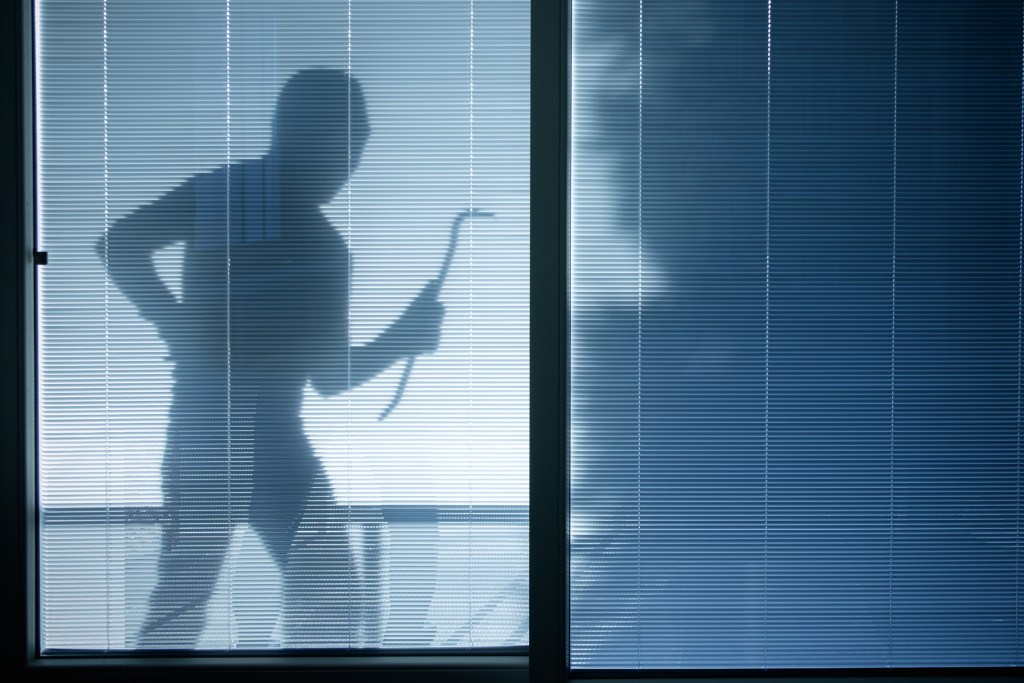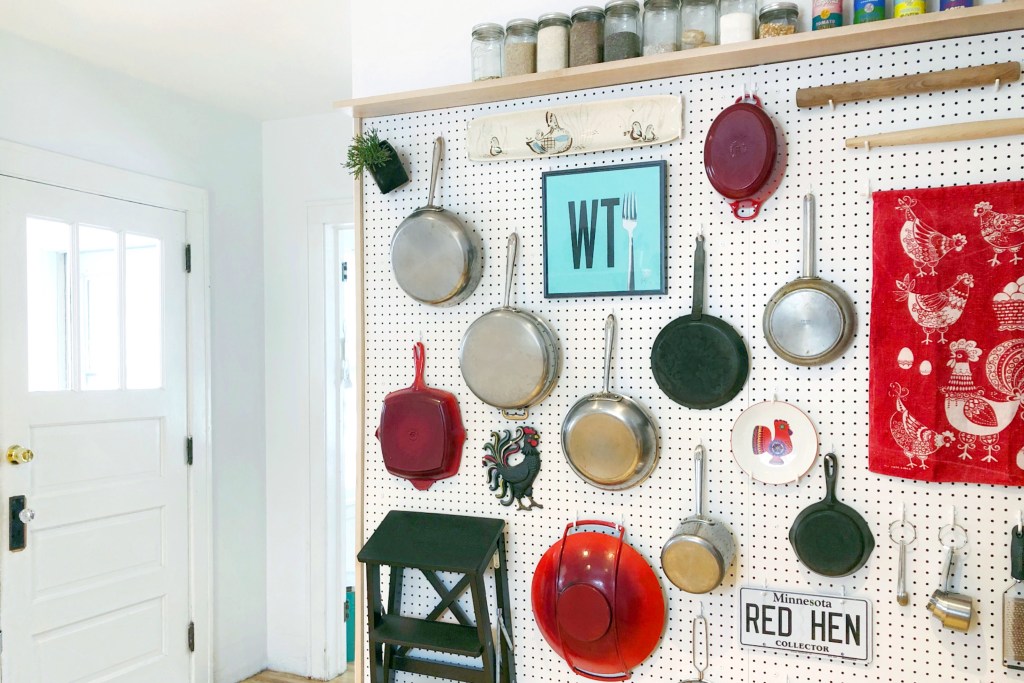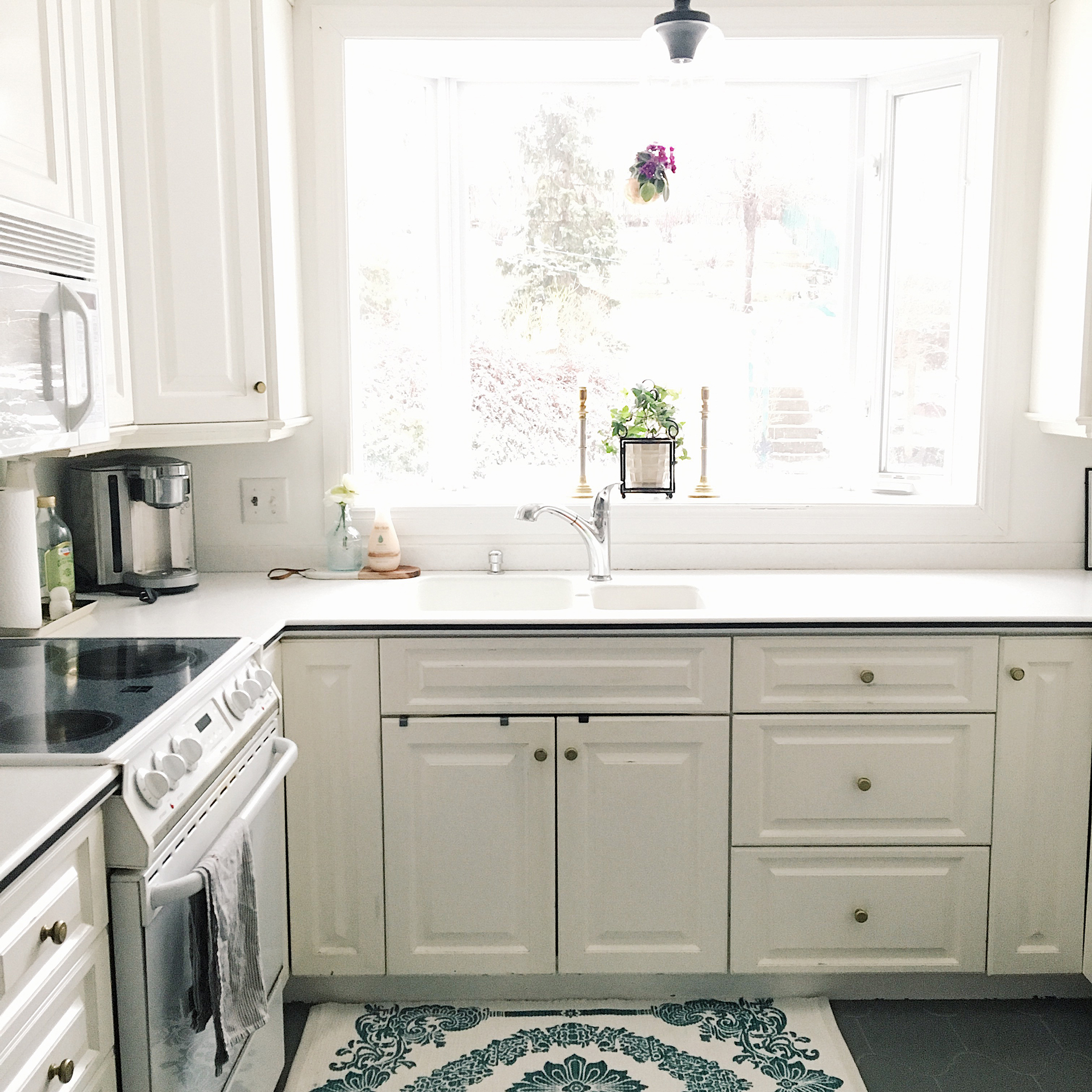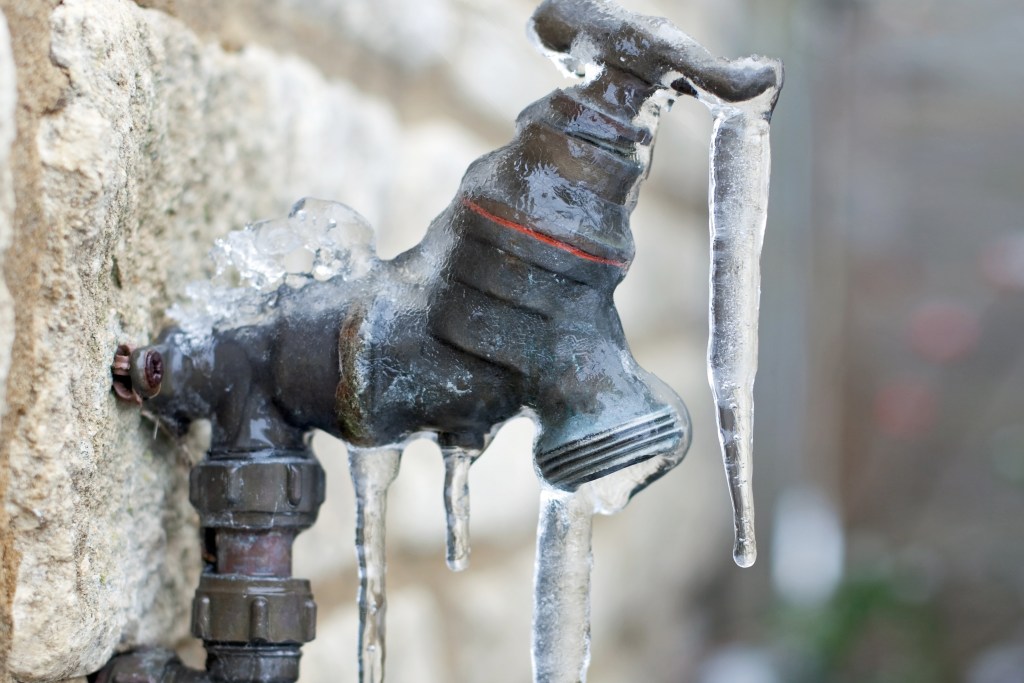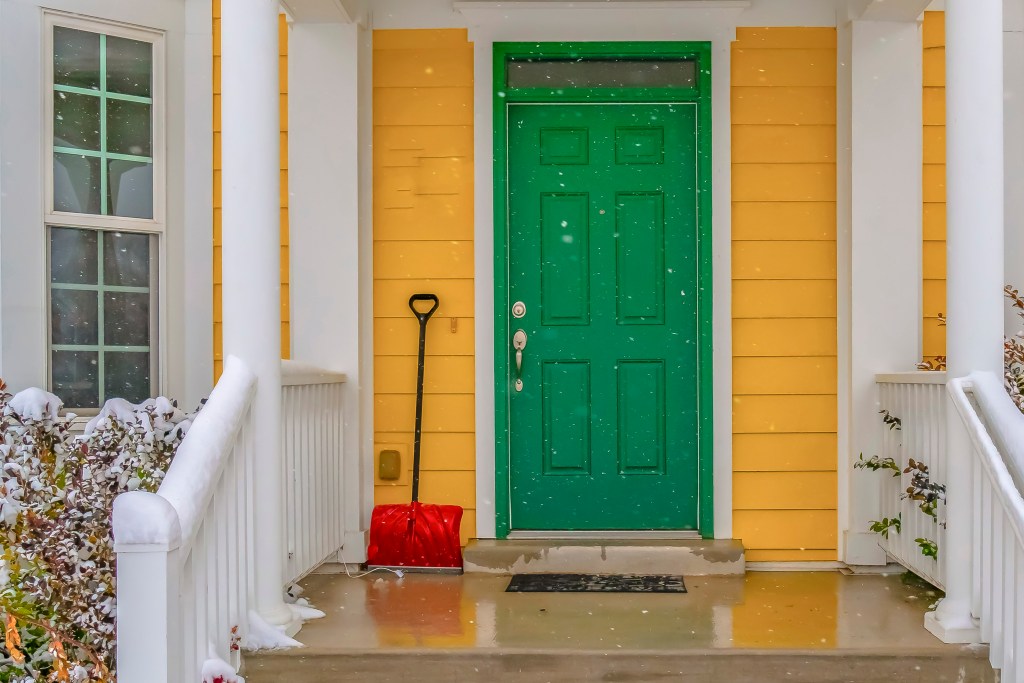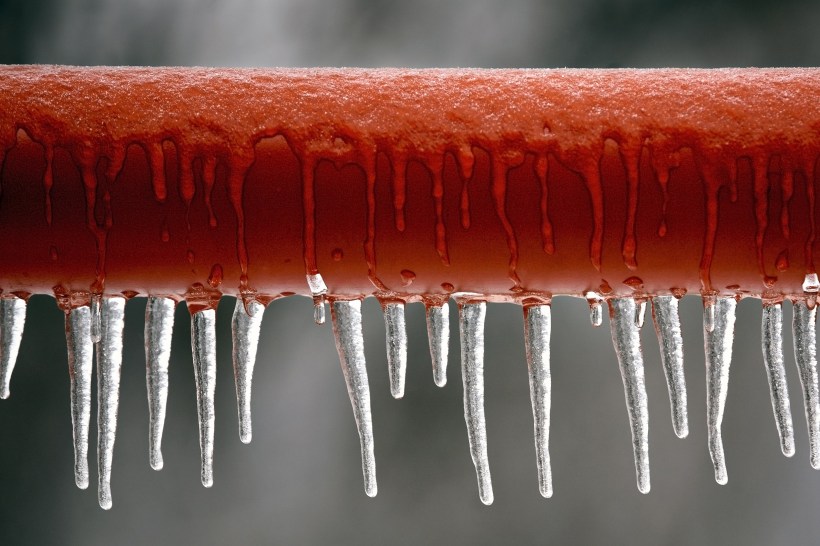Don’t rouse the IRS or pay more taxes than necessary — know the score to avoid common tax mistakes.

- As you prepare your tax returns for 2021, be careful not to commit any of these eight common tax mistakes, especially when it comes to the property tax deduction or the mortgage interest deduction.
Tax pros say these home-related tax mistakes can cost you money or draw the IRS to your doorstep.
#1 Deducting the Wrong Year for Property Taxes
You take a tax deduction for property tax in the year you (or the holder of your escrow account) actually paid them. Some taxing authorities work a year behind — that is, you’re not billed this year’s property taxes until next year. But that’s irrelevant to the feds.
Enter on your federal forms whatever amount you actually paid in that tax year, no matter what the date is on your tax bill. Dave Hampton, CPA, a tax manager with HG CPA, LLC, in Cincinnati, has seen homeowners confuse payments for different years and claim the incorrect amount.
Tip: Taking this deduction requires that you itemize.
#2 Confusing Escrow Amount for Actual Taxes Paid
Here’s another property tax issue that results in common tax mistakes. If your lender escrows funds to pay your property taxes, don’t just deduct the amount escrowed. The regular amount you pay into your escrow account each month to cover property taxes is probably a little more or a little less than your actual property tax bill. Your lender will adjust the amount every year or so to realign the two.
For example, your tax bill might be $1,200, but your lender may have collected $1,100 or $1,300 in escrow over the year. Deduct only $1,200 or the actual amount of property taxes paid that is noted on the Form 1098 that your lender sends. If you don’t receive Form 1098, contact the agency that collects property tax to find out how much you paid.
#3 Deducting Points Paid to Refinance
In many cases, you can deduct in full the points you paid your lender to secure your mortgage for the year you bought your home, if you itemize. However, if you pay points in connection with a refinance, you must deduct the points over the life of your new loan.
For example, if you paid $2,000 in points to refinance into a 15-year mortgage, your tax deduction is $2,000 divided by 15 years, or $133 per year.
Related: How to Deduct Mortgage Points When You Buy a Home
#4 Misjudging the Home Office Tax Deduction
There are two ways to calculate the home office deduction. One is more complicated, has to be partially recaptured if you turn a profit when you sell your home, and can pique the IRS’s interest in your return. But it also can give you a larger deduction than the simpler method.
If you don’t care to claim actual costs, which you do under the more complicated method, you can use the simplified home office deduction. If you’re eligible, you can deduct $5 per square foot up to 300 feet of office space, or up to $1,500 per year.
Related: Is YOUR Home Office Eligible for a Deduction?
#5 Failing to Repay the First-Time Homebuyer Tax Credit
If you used the original homebuyer tax credit in 2008, you must repay 1/15th of the credit over 15 years.
If you used the tax credit in 2009 or 2010 and then within 36 months you sold your house or stopped using it as your primary residence, you also have to pay back the credit.
The IRS has a tool you can use to help figure out what you owe.
#6 Failing to Track Home-Related Expenses
Common tax mistakes are often of omission: not keeping records. If the IRS comes a-knockin’, don’t be scrambling to compile your records. File or scan and store home office and home improvement expense receipts and other home-related documents as you go.
#7 Forgetting to Keep Track of Capital Gains
If you sold your main home last year, don’t forget to report capital gains on any profit above the excluded amounts. You can typically exclude up to $250,000 of any profits from your income (or up to $500,000 if you’re married filing jointly).
So, if the cost basis for your home is $100,000 (what you paid for it plus any improvements) and you sold it for $400,000, your capital gain is $300,000. If you’re single, you owe taxes on $50,000 of gains.
However, there are minimum time limits for holding property to take advantage of the exclusions, and other details. Consult IRS Publication 523. And some higher-income earners could get hit with an additional tax if the gain exceeds the exclusion.
#8 Claiming Too Much for the Mortgage Interest Deduction
If you’re eligible to itemize, the MID loan limit is $750,000. Before Dec. 16, 2017, the limit was $1 million. Make sure your loan is grandfathered before claiming the old limit.
Interest paid on home equity loans and second mortgages is deductible, but only if the proceeds of such loans were used to substantially improve the home that secures the loan. You can’t deduct interest on home equity loans that were used for things like student loans or cars.
And the amount of all mortgage loans (first, second, home equity, and loans for a second home) can’t exceed the $750,000 or $1 million limits.
This article provides general information about tax laws and consequences, but shouldn’t be relied upon as tax or legal advice applicable to particular transactions or circumstances. Consult a tax professional for such advice.
“Visit HouseLogic.com for more articles like this. Reprinted from HouseLogic.com with permission of the NATIONAL ASSOCIATION OF REALTORS®.”

